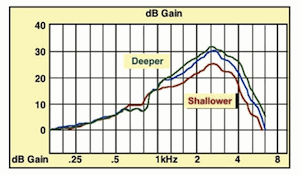Sep. 18, 2012
The first post in this series reminded readers why small firms have to come up with small but inventive cost-containment ideas to compete in competitive markets. Idea #1 was to eliminate old expensive monitoring technology (security systems) and switch to inexpensive portable systems (smartphones with remote web cams). Total estimated savings over 3 years (my wild guess): $2600. Here is













